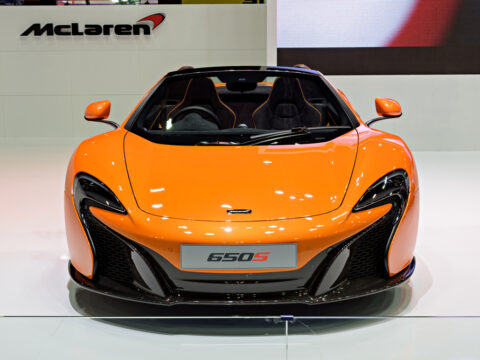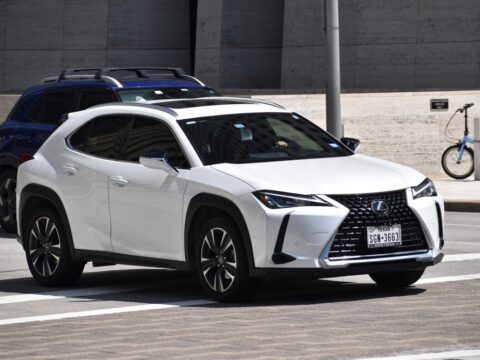High-performance sports cars are a dream for many car enthusiasts, offering speed, style, and a thrilling driving experience. However, these powerful machines come with their own set of advantages and disadvantages. In this article, we explore 20 pros and cons of owning a high-performance sports car to help you decide if this exciting investment is right for you.
Contents
Superior Speed
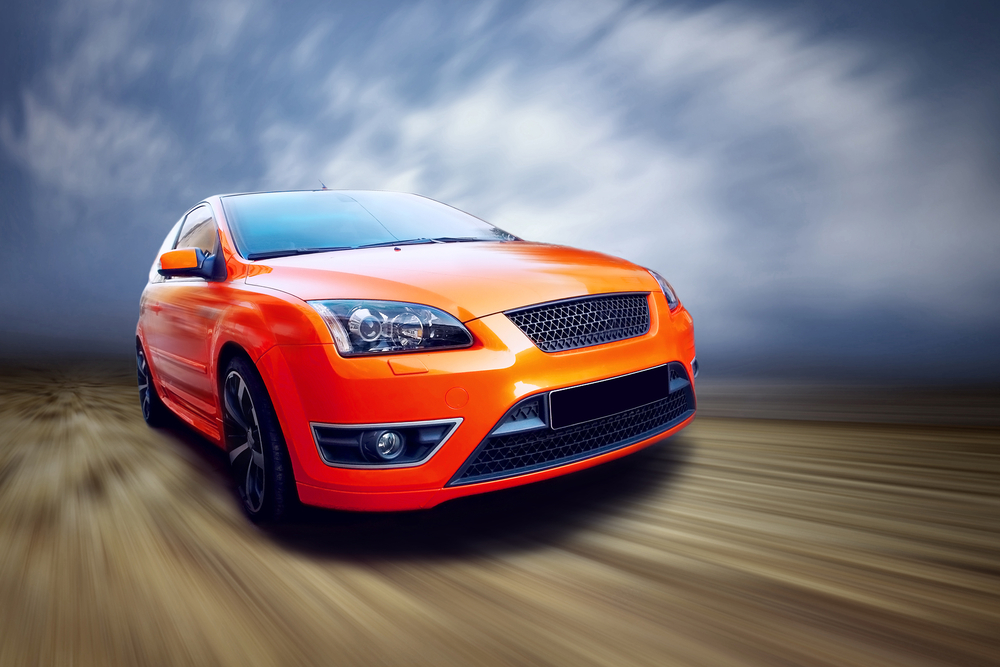
High-performance sports cars are built for speed, with engines that deliver impressive horsepower and torque. These cars can go from 0 to 60 mph in just a few seconds, providing a thrilling experience for drivers who crave speed and power. Their top speeds often exceed 150 mph, making them some of the fastest vehicles on the road.
Enhanced Handling
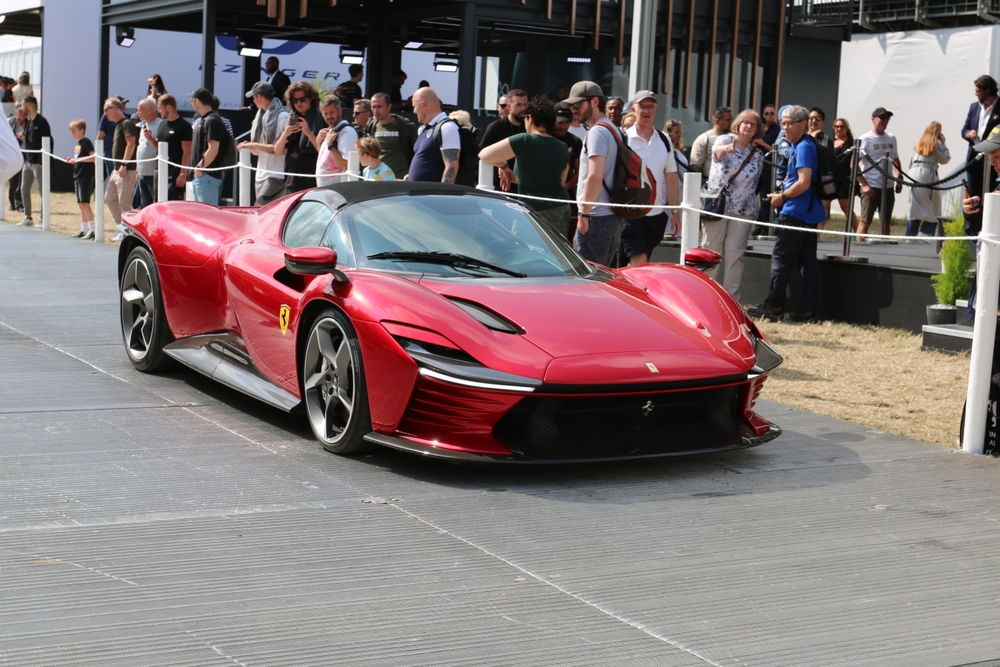
Designed for precision, high-performance sports cars feature advanced suspension systems, responsive steering, and low center of gravity. These attributes ensure exceptional cornering and stability, allowing drivers to navigate tight curves and bends with ease. The superior handling capabilities enhance both safety and driving pleasure.
Aesthetic Appeal

Sports cars are renowned for their sleek, stylish designs that turn heads wherever they go. Aerodynamic shapes, aggressive stances, and attention to detail in the exterior design contribute to their visual appeal. High-performance sports cars often feature luxurious interiors with high-quality materials and cutting-edge design elements.
Advanced Technology
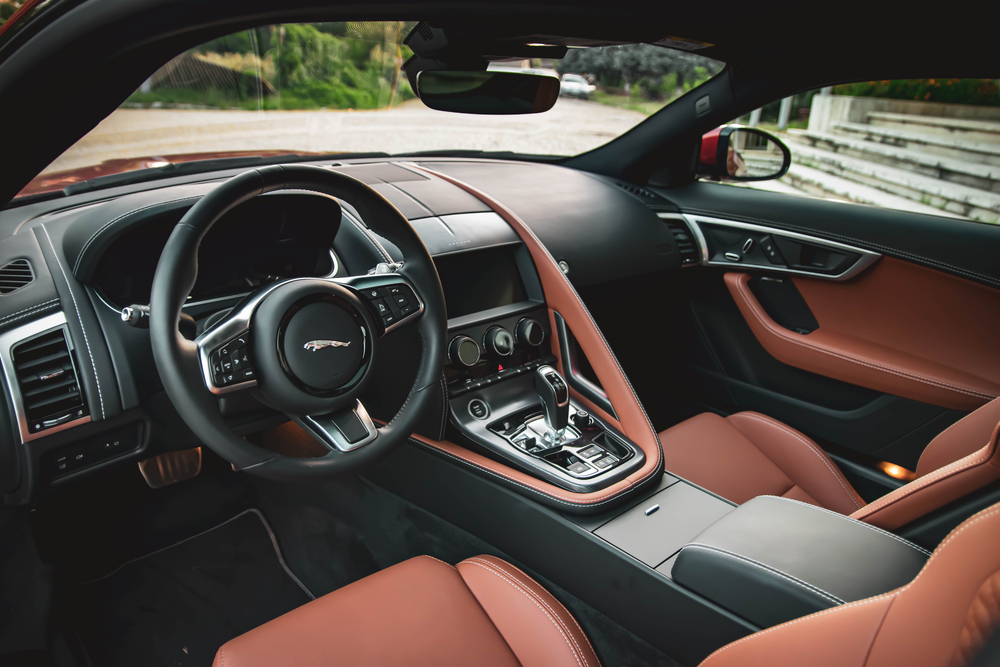
Packed with the latest automotive technology, high-performance sports cars offer features such as adaptive cruise control, advanced infotainment systems, and sophisticated driver assistance technologies. These innovations enhance the driving experience and provide added convenience and safety.
Driving Experience

The exhilarating driving experience of a high-performance sports car is unmatched. The powerful acceleration, precise handling, and the roar of the engine combine to create an immersive and enjoyable driving experience. For many enthusiasts, the thrill of driving a sports car is a key reason for ownership.
Prestige

Owning a high-performance sports car is often associated with luxury and success. These cars are seen as status symbols, and driving one can elevate one’s social standing. The prestige that comes with owning a sports car can also open doors to exclusive events and social circles.
Resale Value

Certain high-performance sports cars hold their value well over time. Models from prestigious brands with limited production runs can even appreciate in value, making them a sound investment. Careful maintenance and preservation of the car can further enhance its resale value.
Customization Options
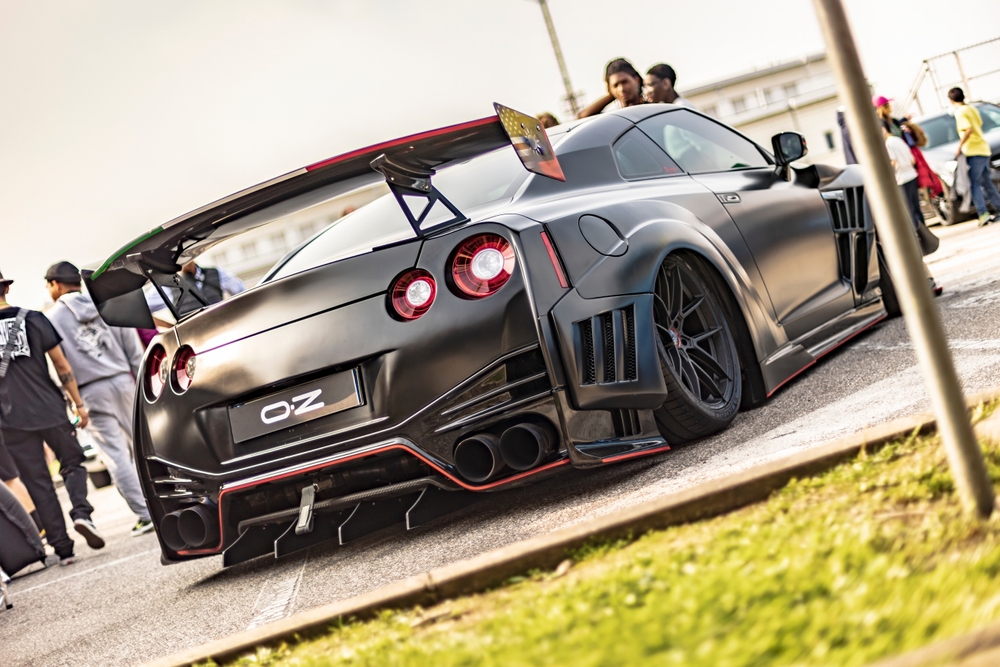
High-performance sports cars offer extensive customization options, allowing owners to personalize their vehicles to their exact preferences. From performance upgrades to aesthetic modifications, the possibilities are vast. Customization programs from manufacturers provide high-quality, factory-approved options.
High-Quality Materials
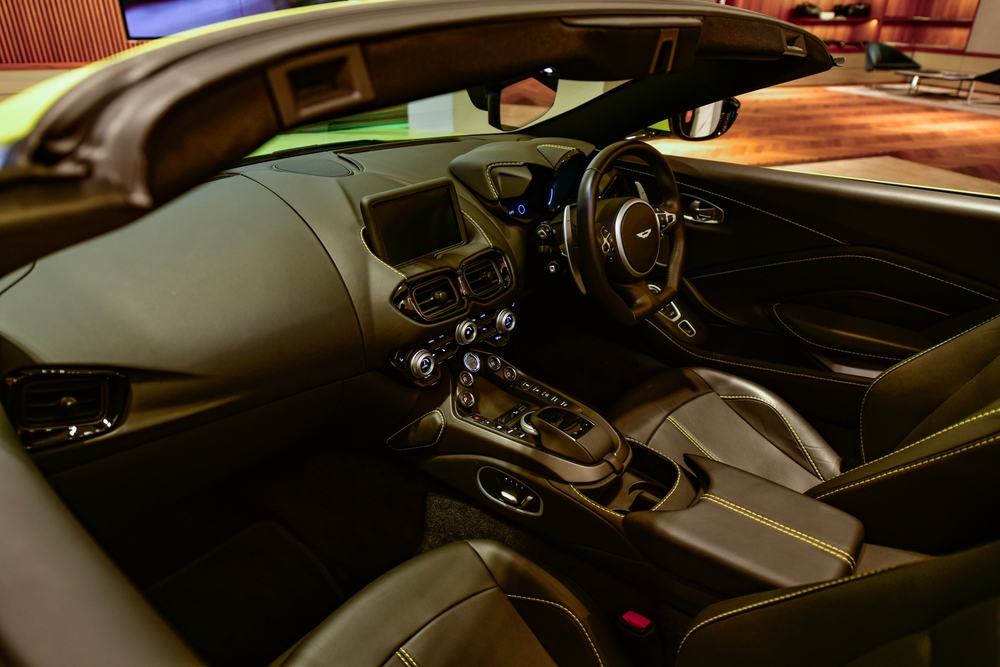
These cars are often built with premium materials such as carbon fiber, aluminum, and high-grade leather. These materials not only enhance the car’s performance and durability but also contribute to a luxurious and comfortable driving experience.
Aerodynamics

Superior aerodynamics play a crucial role in the performance of high-performance sports cars. Features such as streamlined bodies, spoilers, and diffusers reduce drag and increase downforce, improving stability and speed. Aerodynamic design is a key factor in the overall efficiency and performance of these cars.
High Cost
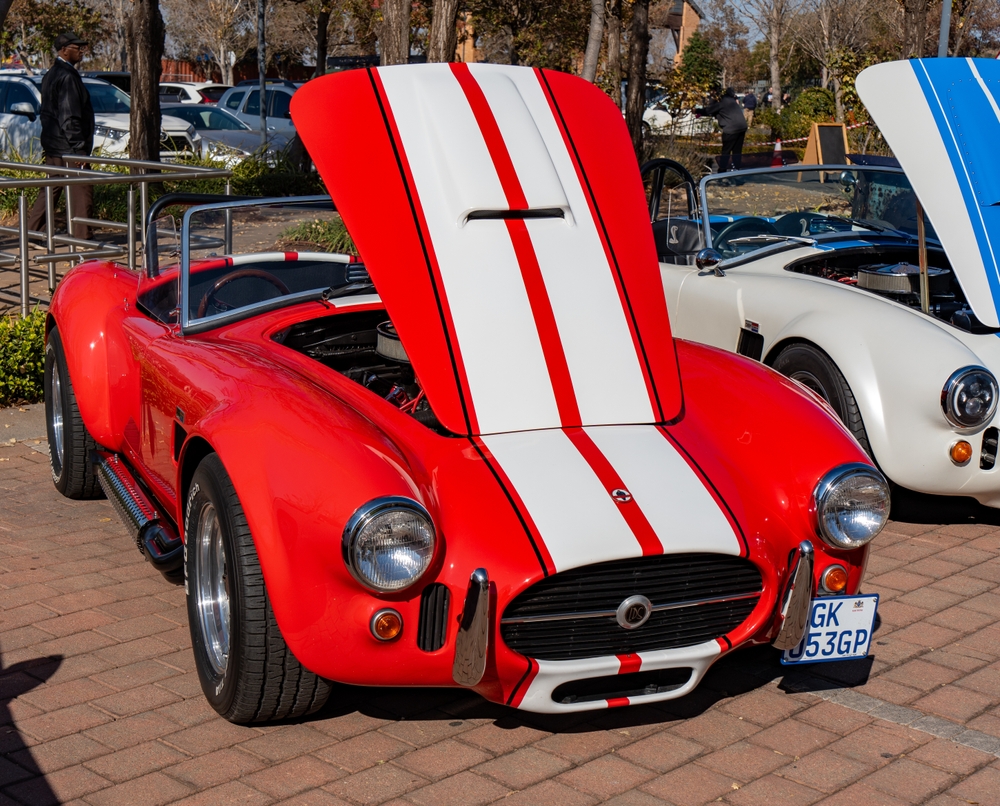
High-performance sports cars come with a hefty price tag. The initial purchase cost is often significantly higher than that of regular cars. Additionally, maintenance, insurance, and repairs can be expensive, adding to the overall cost of ownership.
Fuel Efficiency
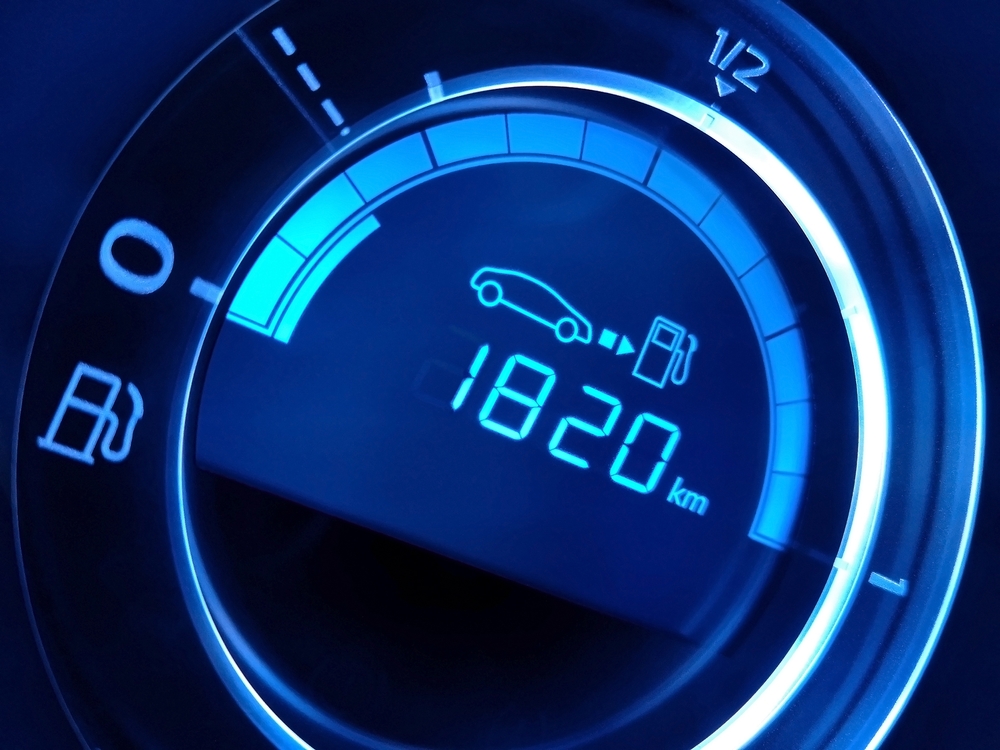
Poor fuel economy is a common drawback of high-performance sports cars. The powerful engines consume more fuel, leading to higher running costs. Frequent refueling and the environmental impact of lower fuel efficiency are important considerations for potential owners.
Insurance

Higher insurance premiums are another downside of owning a high-performance sports car. The value, risk, and repair costs associated with these cars lead to increased insurance costs. Owners should be prepared for significantly higher premiums compared to standard vehicles.
Practicality
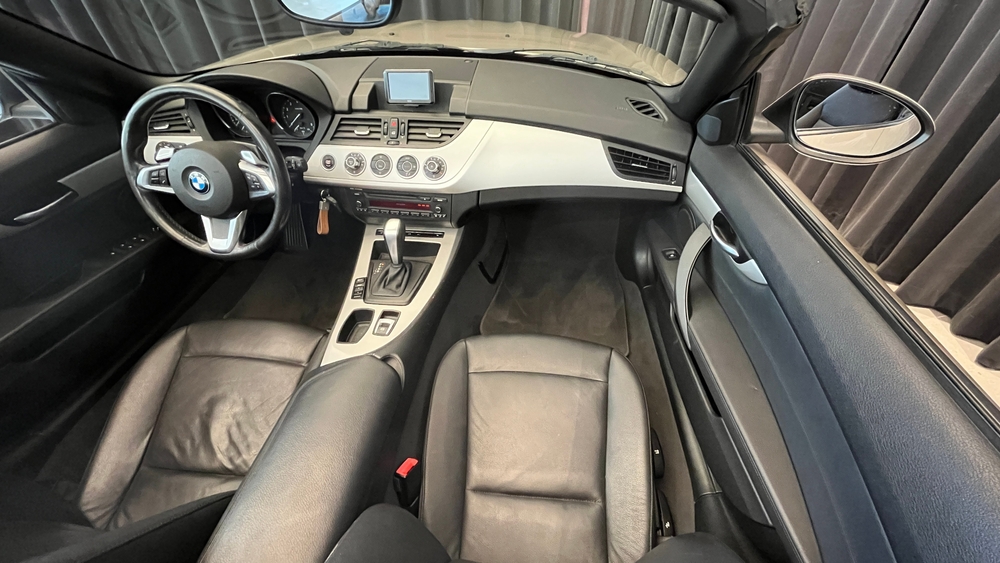
High-performance sports cars often lack practicality, with limited storage and seating space. The focus on performance and design can result in cramped interiors and small trunks. These cars may not be suitable for everyday use or long trips with multiple passengers.
Maintenance

Frequent and costly maintenance is a reality for high-performance sports cars. The advanced engineering and high-performance components require regular servicing to maintain optimal performance. Owners should budget for higher maintenance costs compared to regular cars.
Depreciation
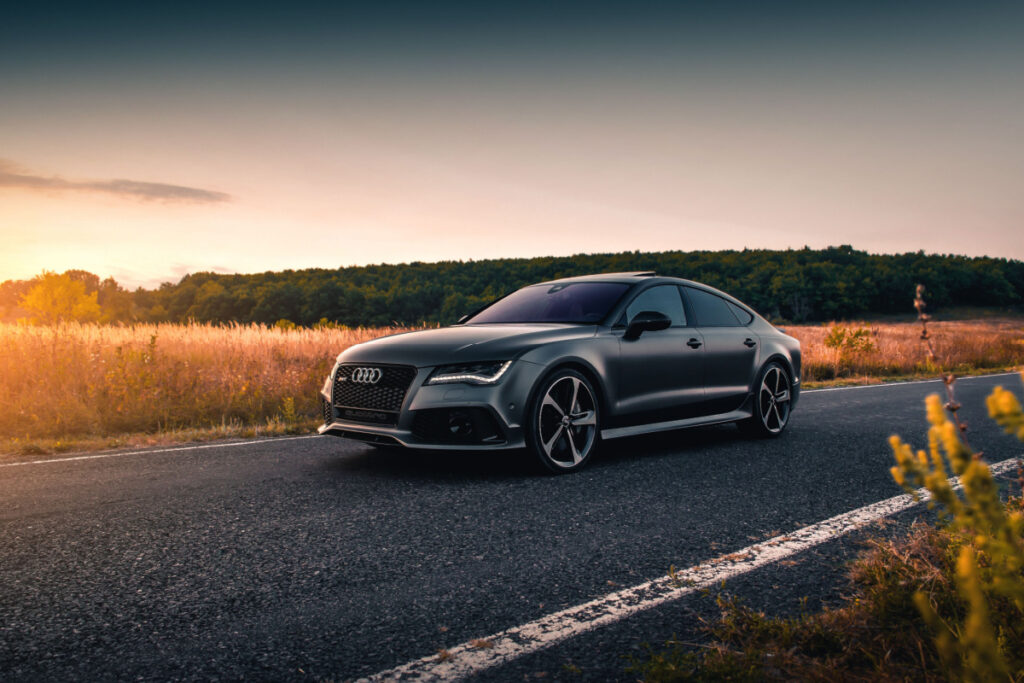
Certain models can depreciate rapidly, losing value over time. Market demand, brand reputation, and the introduction of newer models can affect resale value. Owners should be aware of the potential for significant depreciation.
Comfort

Stiffer suspension and low ground clearance can compromise comfort. High-performance sports cars are designed for handling and speed, often at the expense of ride comfort. Bumpy roads and long drives can be less enjoyable in these cars.
Accessibility

The low seating position and design of sports cars can make them harder to get in and out of. This can be particularly challenging for older adults or individuals with mobility issues. The sleek design often prioritizes aesthetics over ease of access.
Weather Sensitivity

High-performance sports cars are not ideal for all weather conditions, especially winter. Their low ground clearance and performance tires can struggle in snow and ice. Owners may need an alternative vehicle for adverse weather conditions.
Visibility
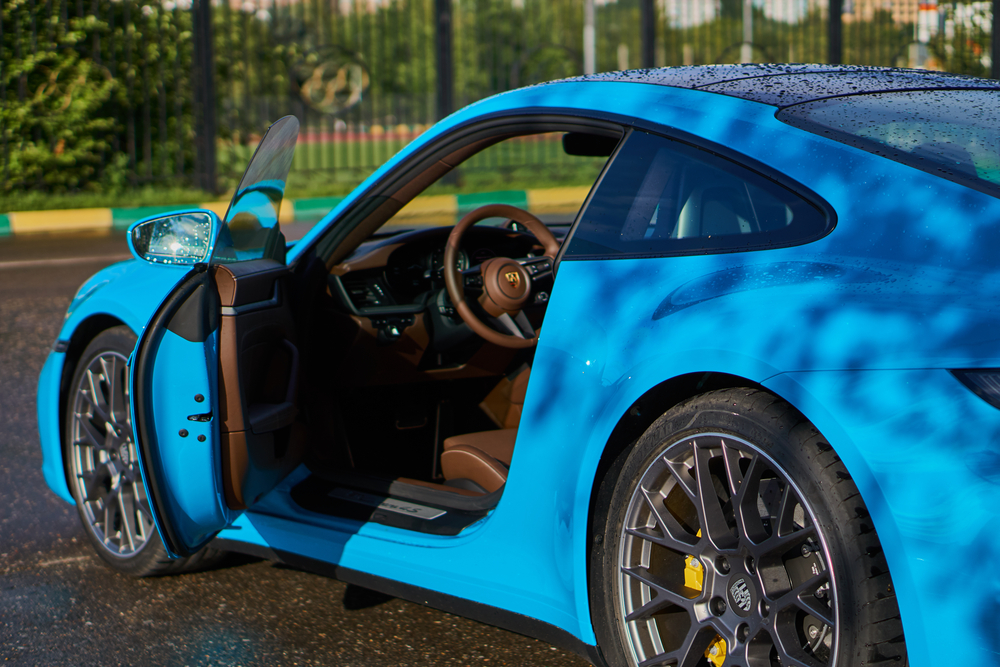
Reduced rear visibility is a common issue in many sports car designs. The sleek, aerodynamic shapes can limit the driver’s view, making parking and reversing more challenging. Advanced driver assistance systems can help, but visibility remains a concern.
This article originally appeared in MyCarMakesNoise.
More from MyCarMakesNoise
16 Most Over-the-Top SUVs and Pickup Trucks Ever Made
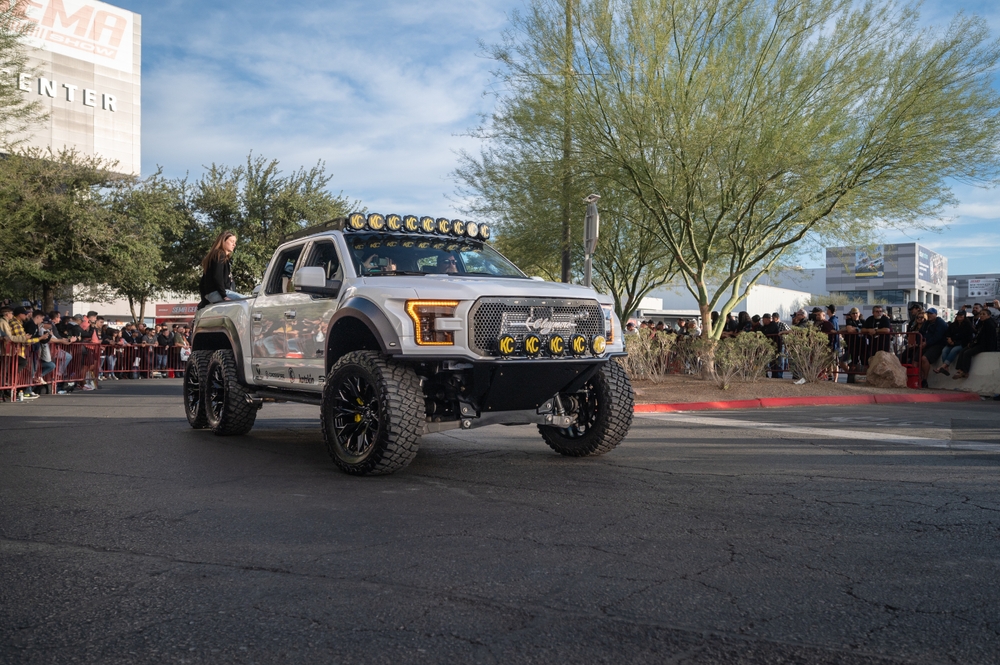
When it comes to SUVs and pickup trucks, some designs go above and beyond the ordinary. These vehicles aren’t just about getting from point A to point B; they’re statements on wheels. Read More.
15 Ultra-Rare Nissan Cars You’ve Probably Never Seen
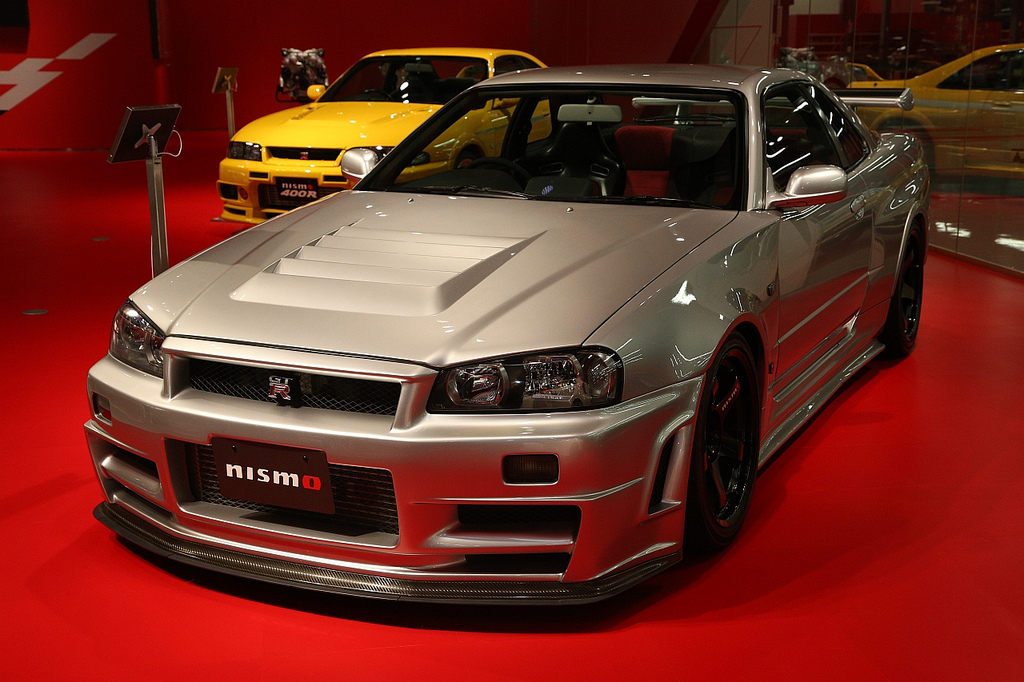
Nissan has produced some truly remarkable cars over the years, but some models are so rare that even die-hard fans might not know about them. In this article, we’ll take a closer look at the 15 rarest Nissan cars ever produced. Read More.
25 Stunning Cars That Were Gone Too Soon

In the ever-changing world of automotive design, some stunning cars were discontinued before their time. These vehicles left a lasting impression on enthusiasts and casual drivers alike. Read More.

